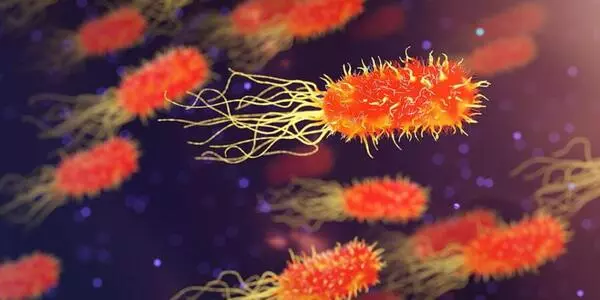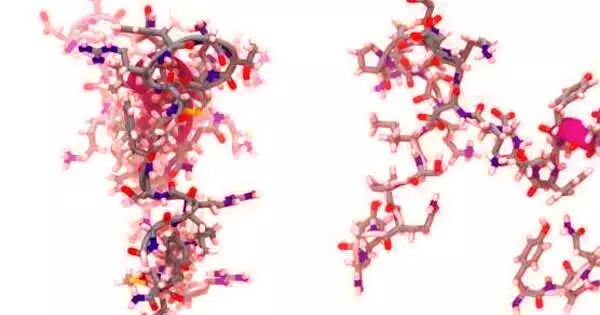The breakdown of the Stokes-Einstein relation in liquid water is one of many anomalies that occur during cooling and indicates the decoupling of diffusion and viscosity. It is hypothesized that these anomalies appear as a result of the appearance of nanometer-scale spatial fluctuations, which become more pronounced in the supercooled regime.
A physicist at the University of Arkansas has defended the validity of the Stokes-Einstein equation, one of Albert Einstein’s most famous equations, as it relates to biology. The findings will help scientists better understand antibiotic resistance and the mechanical properties of cancer cells.
Yong Wang, an assistant professor in the Fulbright College of Arts and Sciences, tested the 117-year-old equation with proteins in live bacteria, providing evidence for the reality of atoms and molecules. He discovered that the famous equation was still valid for explaining how molecules move within bacteria.
Bacterial cytoplasm isn’t just a soup. Our research indicates that it may be more like spaghetti with tomato sauce and meatballs. The findings will help scientists better understand antibiotic resistance and the mechanical properties of cancer cells.
Yong Wang
“Bacterial cytoplasm isn’t just a soup,” Wang explained. “Our research indicates that it may be more like spaghetti with tomato sauce and meatballs.”
Cytoplasm is the dense and complex material found within bacteria. It contains high concentrations of large biological molecules such as millions of proteins, carbohydrates, and salts, as well as various polymers and filaments such as DNA and RNA.
Wang found that although Einstein’s equation appeared to be off for proteins’ motion within live bacteria, it remained valid by taking into account the entangled polymers and filaments inside bacteria.

The Einstein relation, also known as the Stokes-Einstein equation, is one of Albert Einstein’s major research achievements during his “year of miracles,” 1905. The equation, which explains particle mobility through liquid, has been characterized as a stochastic model for Brownian motion, which means particles move around randomly due to collisions with surrounding molecules. The theory, most importantly, provided early empirical evidence for the reality of atoms and molecules.
However, scientists have questioned the theory’s validity as it applies to what’s inside living cells and bacteria over the last two decades. Wang’s research adds to this body of knowledge, which will aid in resolving the current debate.
More importantly, it establishes a basis for evaluating the mechanical properties of cells and bacteria using the Einstein relation. This should aid scientists in understanding antibiotic resistance in certain microorganisms as well as the mechanical properties of cancer cells, which differ from those of normal, healthy cells.
















